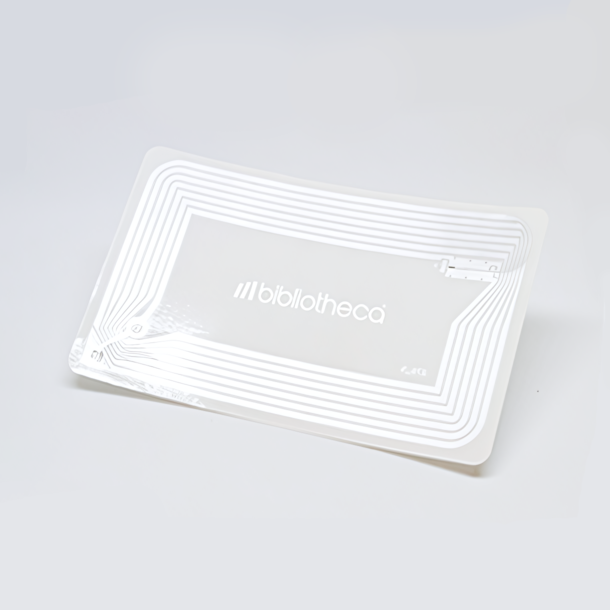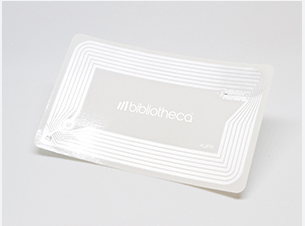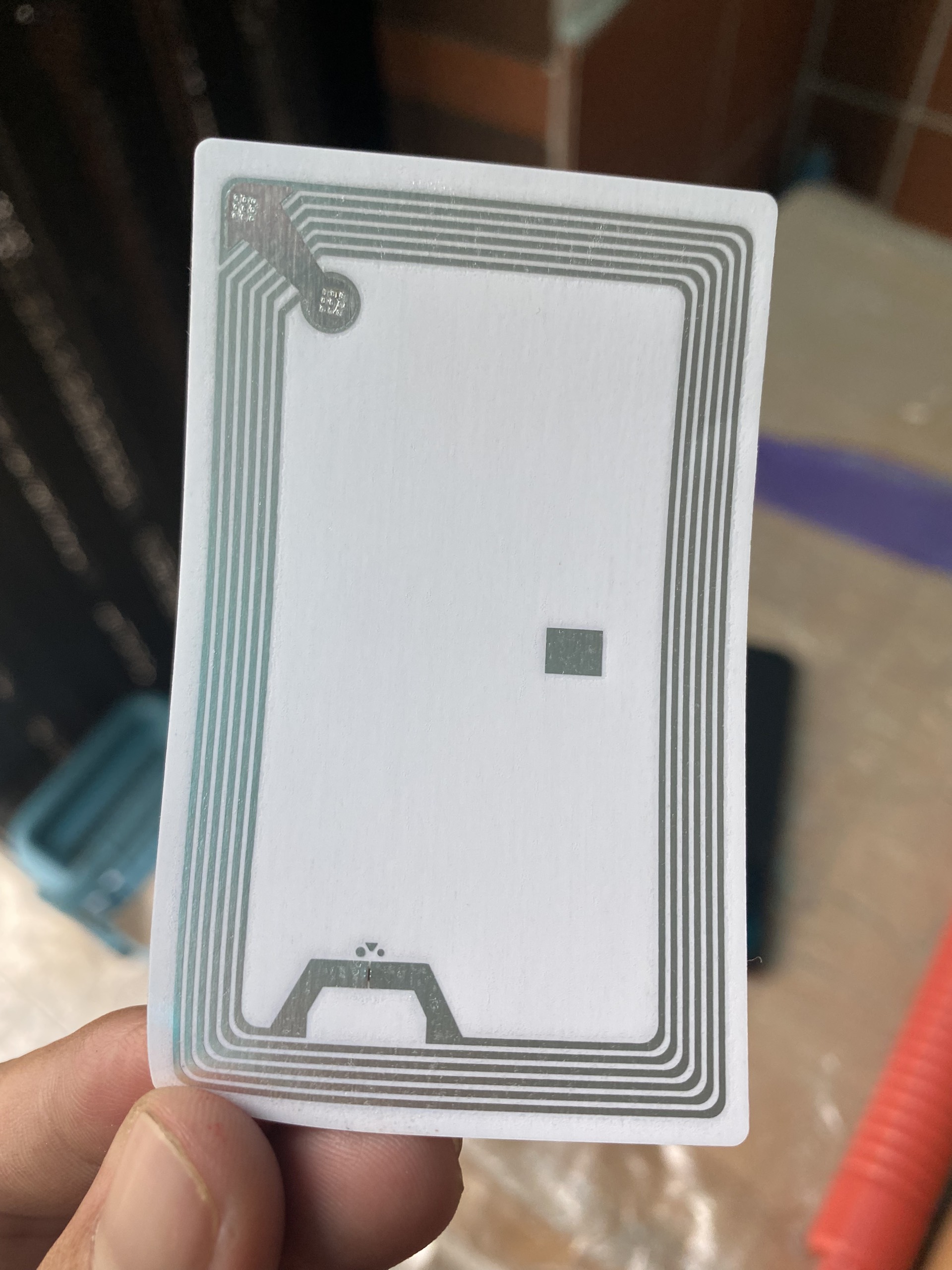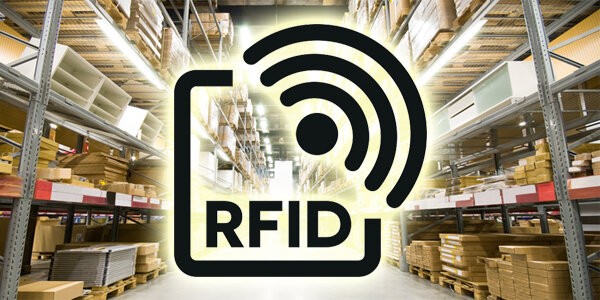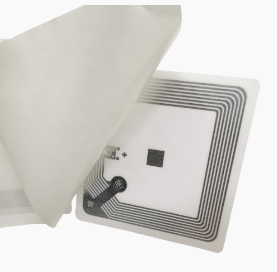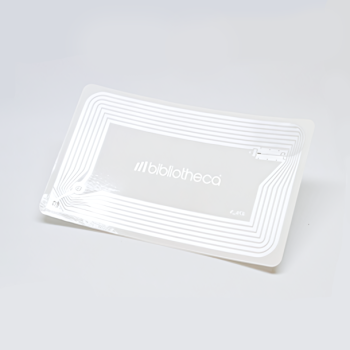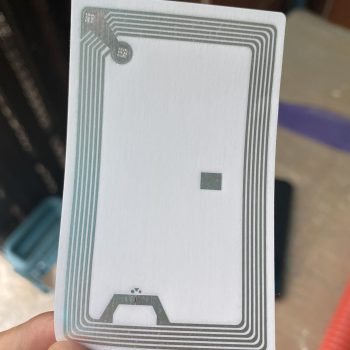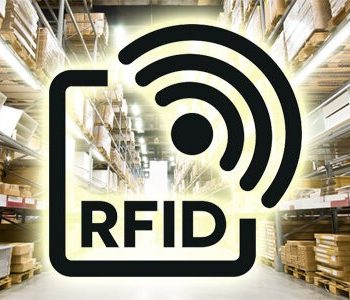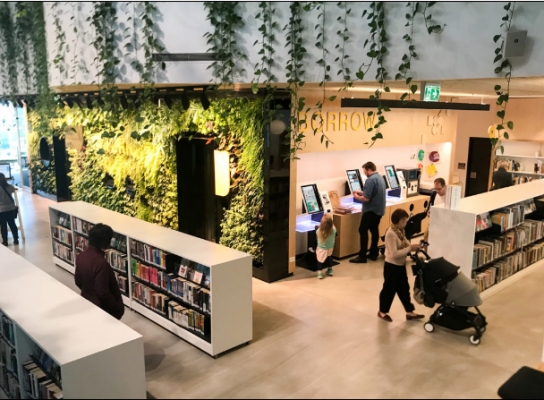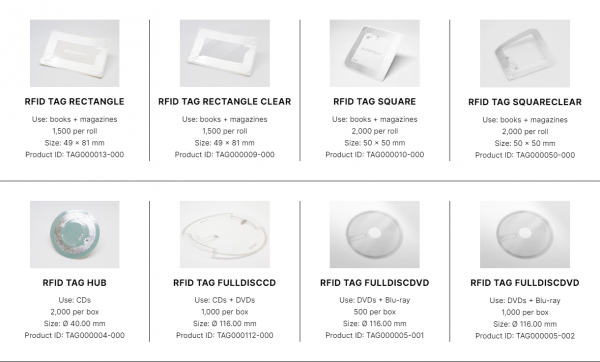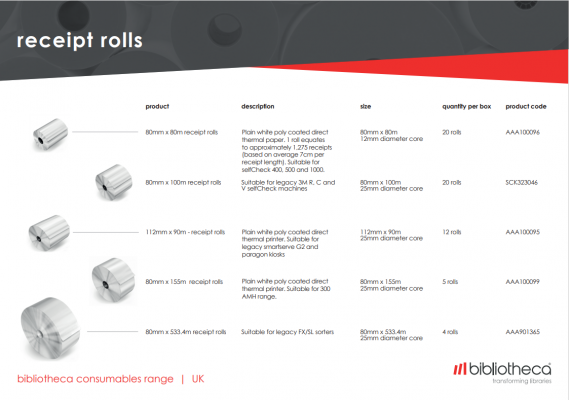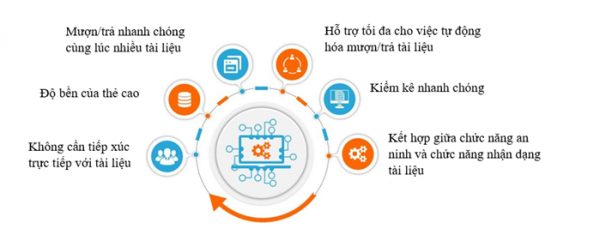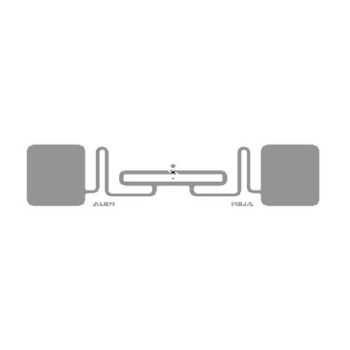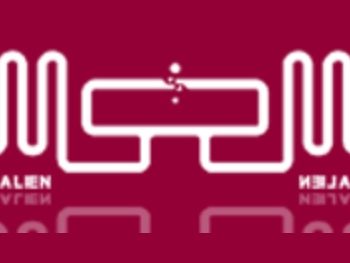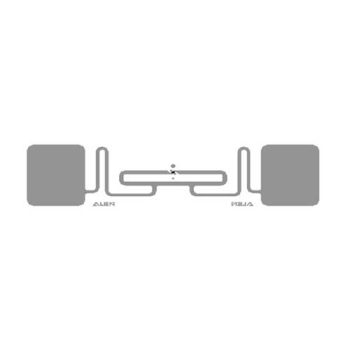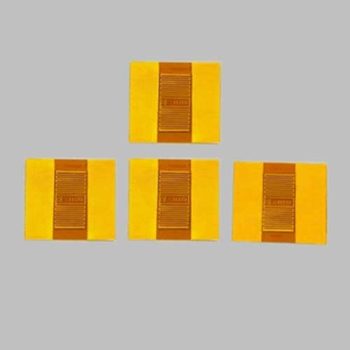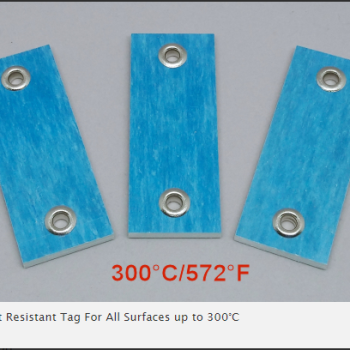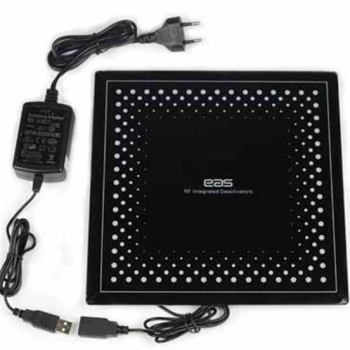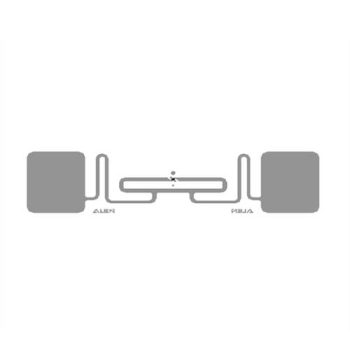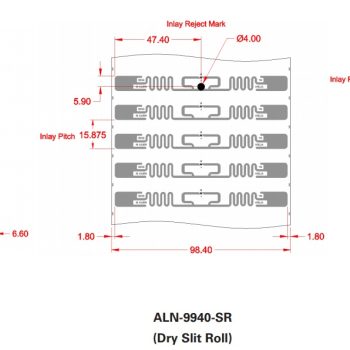Bibliotheca RFID tags
1. Formation reasons:
RFID Library technology began to be widely applied in library management from around the 2000s; in modern, user-friendly library models that aim to create convenience and proactivity for users. Since its introduction, RFID has proven its convenience and superior advantages over previous document management technologies. Hundreds of libraries converted to RFID at that time.
And Library RFID Chip is a consumable product that libraries face high operating costs if they do not find good supply partners.
When it comes to RFID technology for libraries, we must mention the brand: Bibliotheca
Bibliotheca is the world’s leading brand in RFID solutions for libraries
2. Characteristics:
- Bibliotheca RFID Chip is typically used in HF frequency (short frequency)
- High character capacity (large memory)
- Easy integration with hardware applications.
- High durability.
- And many other factors
- It usually has dimensions: 50 x 50 mm, 50 x 80 mm
- Chip: NXP ICODE SLIX, NXP ICODE SLIX2
- Protocol: ISO15693,
- Frequency 13.56MHz
3. Bibliotheca RFID tag product codes:
- Product ID: TAG000013-000
- Product ID: TAG000009-000
- Product ID: TAG000010-000
- Product ID: TAG000050-000
- Product ID: TAG000004-000
- Product ID: TAG000112-000
- Product ID: TAG000005-001
- Product ID: TAG000005-002
When choosing, it is necessary to select the correct IDs above to ensure the authenticity of the brand: Bibliotheca
Website: https://www.bibliotheca.com
5. Applications of RFID Chip for Libraries:
- RFID allows maximizing self-service for your readers; without requiring librarian intervention. Readers can perform borrowing/returning procedures themselves without involving anyone else, thus ensuring privacy and autonomy.
- No direct contact with documents:
- Unlike EM technology and barcodes, which require direct contact between the document and the reading device, RFID technology allows the reader to identify documents from a distance.
- High durability of the tag:
- The durability of RFID tags is higher than that of barcodes because they do not come into direct contact with other devices. RFID suppliers ensure that each RFID tag can be used for at least 100,000 borrowings/returns before it is damaged.



 Tiếng Việt
Tiếng Việt